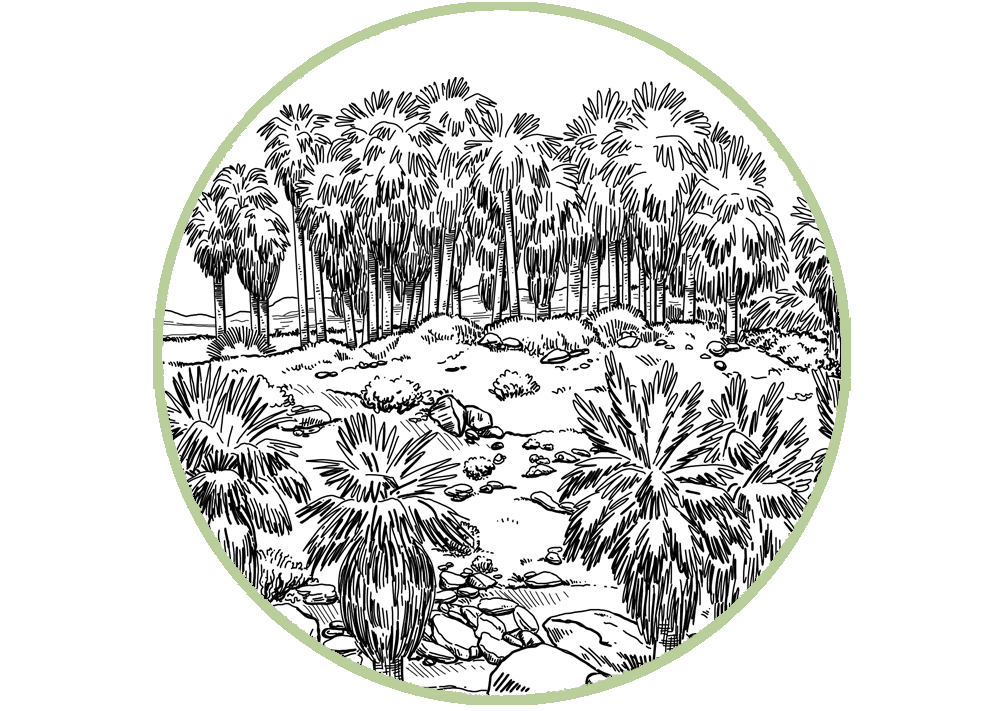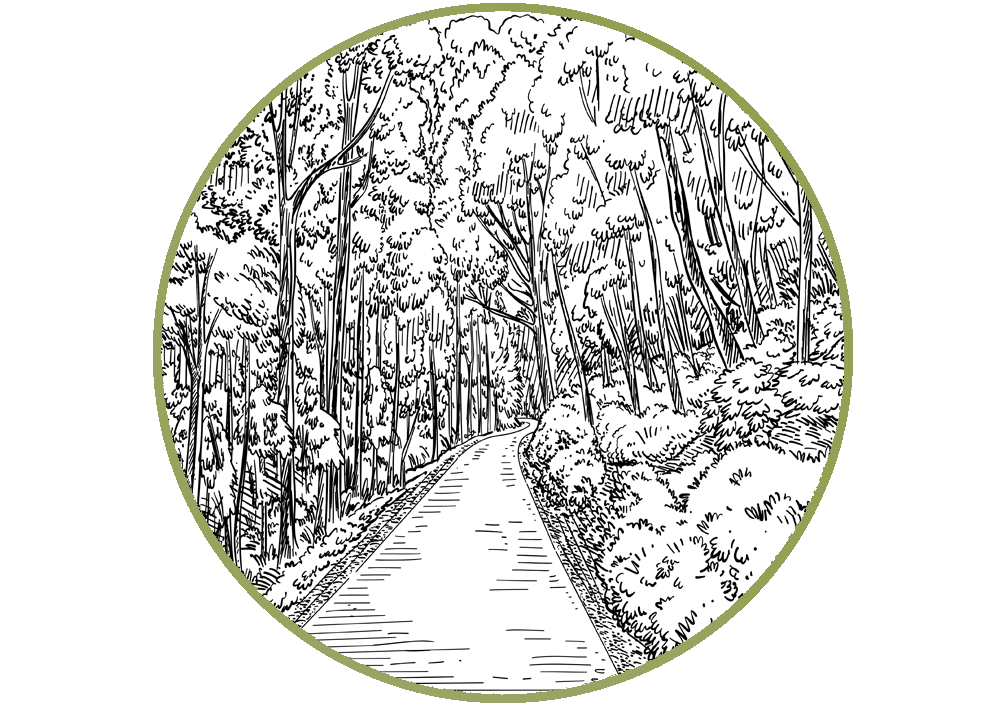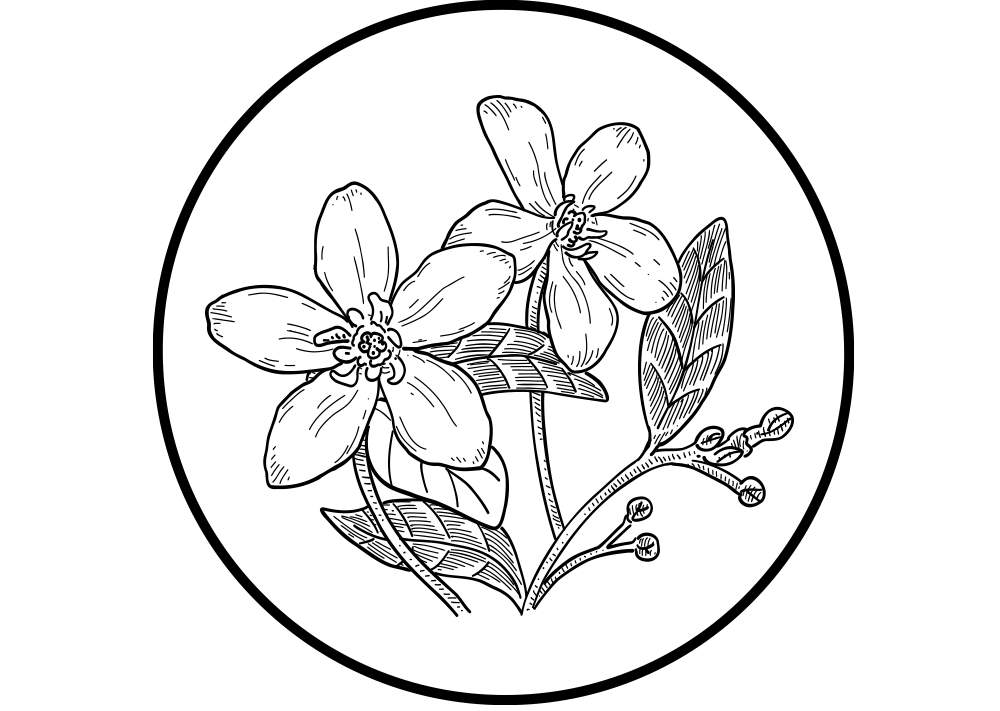Shipping:
$3.00 USD
Total
$0.00 USD


 Shop all our fine fragrances
Shop all our fine fragrances
 Salt, Geranium, and Black Amber
Salt, Geranium, and Black Amber
 Brazilian Pepper, Cedarwood, Magnolia
Brazilian Pepper, Cedarwood, Magnolia
 Pomelo, Coriander, Green Leaves
Pomelo, Coriander, Green Leaves
 Sandalwood, Sage, Amber
Sandalwood, Sage, Amber
 Coastal, Fresh, Cedar
Coastal, Fresh, Cedar
 Tobacco, Leather, Vanilla
Tobacco, Leather, Vanilla
 Atlas Cedar, Neroli, Amber
Atlas Cedar, Neroli, Amber
 5-in-1 fine fragrance oil
5-in-1 fine fragrance oil
 Highly-effective, fine fragrance, aluminum-free deodorant
Highly-effective, fine fragrance, aluminum-free deodorant
 Long-lasting, lightly-exfoliating, fine fragrance
Long-lasting, lightly-exfoliating, fine fragrance
 Sets with our Permanent Collection fragranced products
Sets with our Permanent Collection fragranced products
 Rosewood, Ginger, Bergamot
Rosewood, Ginger, Bergamot
 Highly-concentrated, wax-based, fine fragrances
Highly-concentrated, wax-based, fine fragrances
 Solid Fragrance and Deodorant Refills available
Solid Fragrance and Deodorant Refills available
 Forest Air, Lavender, Lemon Rind
Forest Air, Lavender, Lemon Rind
 Incense, Vetiver, Cardamom
Incense, Vetiver, Cardamom
 Virginia Cedar, Clary Sage
Virginia Cedar, Clary Sage
 Rum, Tobacco, Sandalwood
Rum, Tobacco, Sandalwood
 "Virtual Paper"
"Virtual Paper"
 Curated Collection of Fragrance Samples
Curated Collection of Fragrance Samples
 Desert Wind, Freesia, Myrrh
Desert Wind, Freesia, Myrrh
 Fresh Rain, Cashmere
Fresh Rain, Cashmere
 Tuberose, Petitgrain, Patchouli
Tuberose, Petitgrain, Patchouli
 Oak, Cloudberry, Tree Moss
Oak, Cloudberry, Tree Moss
 Highly-concentrated spray fragrance
Highly-concentrated spray fragrance
 Orange Bitters, Tonic
Orange Bitters, Tonic
 Sea Spray, Juniper, Cypress
Sea Spray, Juniper, Cypress
 Lavandin, Gravel Ghost, Ironwood
Lavandin, Gravel Ghost, Ironwood
 Amber, Guaiacwood, Osmanthus
Amber, Guaiacwood, Osmanthus
 A collection inspired by the rhythm, energy, and elegance of urban life.
A collection inspired by the rhythm, energy, and elegance of urban life.
 Scents that echo the stark beauty of the vast and arid landscapes.
Scents that echo the stark beauty of the vast and arid landscapes.
 Inspired by salt air, ocean breeze, and sunlit shores.
Inspired by salt air, ocean breeze, and sunlit shores.
 Ocotillo, Orris, Desert Rain
Ocotillo, Orris, Desert Rain
 Scents that feel like a walk through green, shaded trails.
Scents that feel like a walk through green, shaded trails.
 Inspired by fresh air, tall trees, and peaceful views.
Inspired by fresh air, tall trees, and peaceful views.








 Ruby Grapefruit, Rhubarb, Violet
Ruby Grapefruit, Rhubarb, Violet
 Bluebonnet, Fresh Raspberry, Black Jack
Bluebonnet, Fresh Raspberry, Black Jack
 Shop all our fine fragrances
Shop all our fine fragrances
 Salt, Geranium, and Black Amber
Salt, Geranium, and Black Amber
 Brazilian Pepper, Cedarwood, Magnolia
Brazilian Pepper, Cedarwood, Magnolia
 Pomelo, Coriander, Green Leaves
Pomelo, Coriander, Green Leaves
 Sandalwood, Sage, Amber
Sandalwood, Sage, Amber
 Coastal, Fresh, Cedar
Coastal, Fresh, Cedar
 Tobacco, Leather, Vanilla
Tobacco, Leather, Vanilla
 Atlas Cedar, Neroli, Amber
Atlas Cedar, Neroli, Amber
 5-in-1 fine fragrance oil
5-in-1 fine fragrance oil
 Highly-effective, fine fragrance, aluminum-free deodorant
Highly-effective, fine fragrance, aluminum-free deodorant
 Long-lasting, lightly-exfoliating, fine fragrance
Long-lasting, lightly-exfoliating, fine fragrance
 Sets with our Permanent Collection fragranced products
Sets with our Permanent Collection fragranced products
 Rosewood, Ginger, Bergamot
Rosewood, Ginger, Bergamot
 Highly-concentrated, wax-based, fine fragrances
Highly-concentrated, wax-based, fine fragrances
 Solid Fragrance and Deodorant Refills available
Solid Fragrance and Deodorant Refills available
 Forest Air, Lavender, Lemon Rind
Forest Air, Lavender, Lemon Rind
 Incense, Vetiver, Cardamom
Incense, Vetiver, Cardamom
 Virginia Cedar, Clary Sage
Virginia Cedar, Clary Sage
 Rum, Tobacco, Sandalwood
Rum, Tobacco, Sandalwood
 "Virtual Paper"
"Virtual Paper"
 Curated Collection of Fragrance Samples
Curated Collection of Fragrance Samples
 Desert Wind, Freesia, Myrrh
Desert Wind, Freesia, Myrrh
 Fresh Rain, Cashmere
Fresh Rain, Cashmere
 Tuberose, Petitgrain, Patchouli
Tuberose, Petitgrain, Patchouli
 Oak, Cloudberry, Tree Moss
Oak, Cloudberry, Tree Moss
 Highly-concentrated spray fragrance
Highly-concentrated spray fragrance
 Orange Bitters, Tonic
Orange Bitters, Tonic
 Sea Spray, Juniper, Cypress
Sea Spray, Juniper, Cypress
 Lavandin, Gravel Ghost, Ironwood
Lavandin, Gravel Ghost, Ironwood
 Amber, Guaiacwood, Osmanthus
Amber, Guaiacwood, Osmanthus
 A collection inspired by the rhythm, energy, and elegance of urban life.
A collection inspired by the rhythm, energy, and elegance of urban life.
 Scents that echo the stark beauty of the vast and arid landscapes.
Scents that echo the stark beauty of the vast and arid landscapes.
 Inspired by salt air, ocean breeze, and sunlit shores.
Inspired by salt air, ocean breeze, and sunlit shores.
 Ocotillo, Orris, Desert Rain
Ocotillo, Orris, Desert Rain
 Scents that feel like a walk through green, shaded trails.
Scents that feel like a walk through green, shaded trails.
 Inspired by fresh air, tall trees, and peaceful views.
Inspired by fresh air, tall trees, and peaceful views.








 Ruby Grapefruit, Rhubarb, Violet
Ruby Grapefruit, Rhubarb, Violet
 Bluebonnet, Fresh Raspberry, Black Jack
Bluebonnet, Fresh Raspberry, Black Jack
If there’s one apocryphal statement I have heard more than any other while working in the fragrance industry, it’s that vetiver is the namesake of more fine fragrances than any other ingredient in the world. While I can’t be certain it’s true, it makes a lot of sense to me.
Vetiver offers a beautiful blend of warm, earthy, woody, and smoky notes, which have made it a distinctive and highly valued fragrance ingredient for quite some time.

Vetiver, scientifically known as Vetiveria zizanioides, is an aromatic grass native to India. It grows in thick tufts that can reach eight feet tall. It’s a visually striking plant that has a subtle scent that is earthy, woody, and slightly sweet. But, it’s what you can’t see that makes vetiver such a valuable fragrance ingredient.
The most significant and sought-after part of the vetiver plant is its extensive root system. The roots grow vertically downwards, reaching deep into the soil and creating a dense network that can extend more than ten feet.
To extract vetiver essential oil, the roots of the mature plants are harvested. After washing and cleaning, the roots are typically dried and then steam-distilled to capture the aromatic essence. This process releases the essential oil, which is then separated from the water and collected. The oil is often aged to enhance its fragrance and complexity.
At its core, vetiver exudes a rich earthiness, reminiscent of damp soil and freshly cut roots. This earthy character is complemented by warm and woody facets, evoking the scent of aged wood, sandalwood, and cedar. Vetiver also carries a subtle sweetness, akin to molasses or caramel, adding depth and warmth to its aroma. Additionally, vetiver can display smoky and leathery undertones, contributing to its intriguing complexity.
Speaking of complexity, vetiver's fragrance profile can vary based on its origin too, with notable distinctions found between Indonesian and Haitian varieties.
Indonesian vetiver, often referred to as Javanese vetiver, is known for its sweeter, smoother, and slightly fresher scent. It showcases a more pronounced green character, akin to the scent of green leaves or freshly mown grass. Indonesian vetiver possesses a subtle citrusy and floral nuance, lending a touch of brightness to its earthy core.
Meanwhile, Haitian Vetiver, also known as Bourbon vetiver, offers a darker, smokier, and more rugged aroma. It carries a robust earthiness with a prominent smoky facet, reminiscent of bonfires or tobacco. Haitian vetiver also exhibits a subtle spiciness, often likened to black pepper, adding a touch of intrigue and sensuality.
If you’re looking for fragrances with notable Vetiver components, we recommend Devil’s Garden and Lost Man.
In our fragrance Devil’s Garden, Haitian Vetiver offers deep smoky notes that combine with leathery notes of Stryrax and the unmistakable incense notes of Olibanum to create an elegant and faceted fragrance perfect for the person looking for a darker, mysterious scent.
Meanwhile, within our fragrance Lost Man, Vetiver provides a counterbalance to the zesty and sparkling notes of Mandarin, and Clary Sage to create an energetic and uplifting scent.
In both fragrances, our Vetiver comes from Firmenich’s Natural’s Together program, which seeks to improve the lives of the farmers and the communities growing the Vetiver, as well as creating a culture of sustainability around its production.
Get free US shipping on orders $50+
Get free US shipping on orders $50+
Get free US shipping on orders $50+
Get free US shipping on orders $50+
It looks like you have wholesale items in your cart. If you are not an F&R retail partner and would like to add a regular item to your cart, please remove the wholesale items first.
If you are an F&R retail partner and mistakenly landed in our e-commerce store, please switch to our Wholesale Portal to continue shopping.
It looks like you have regular items in your cart and are attempting to add a wholesale item. If you are an F&R retail partner, please remove any regular items first before adding wholesale items to your cart.
Shipping:
$3.00 USD
Total
$0.00 USD